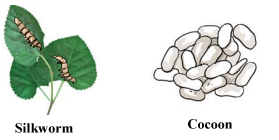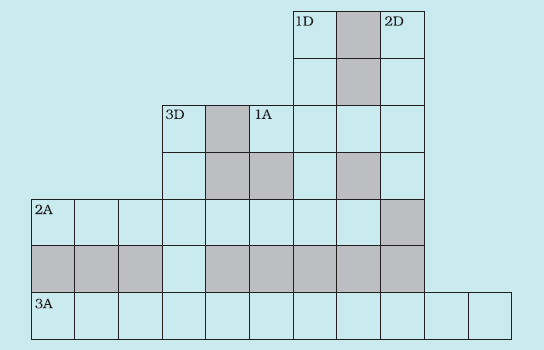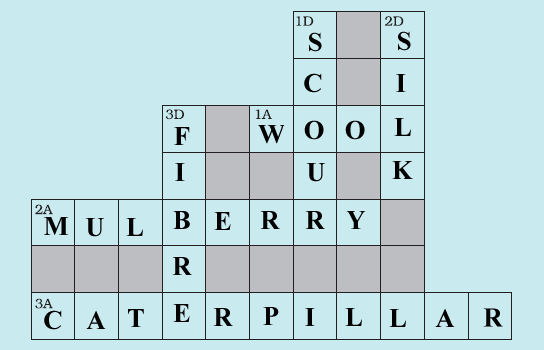NCERT Solutions Class 7 Science
The NCERT Solutions in English Language for Class 7 Science Chapter – 3 (Fibre to Fabric) has been provided here to help the students in solving the questions from this exercise.
Chapter – 3 (Fibre to Fabric)
1. You must be familiar with the following nursery rhymes:
(i) ‘Baa baa black sheep, have you any wool.’
(ii) ‘Mary had a little lamb, whose fleece was white as snow.’
Answer the following:
(a) Which parts of the black sheep have wool?
(b) What is meant by the white fleece of the lamb?
Answer –
(a) Wool is obtained from hairy fibres of the sheep.
(b) White fleece of the lamb refers to the white colour of their fur.
2. The silkworm is (a) a caterpillar, (b) a larva. Choose the correct option.
(i) a (ii) b (iii) both a and b (iv) neither a nor b.
Answer – The silkworm is (a) a caterpillar, (b) a larva. Choose the correct option. – (iii) both a and b
3. Which of the following does not yield wool?
(i) Yak (ii) Camel (iii) Goat (iv) Woolly dog
Answer – Which of the following does not yield wool? – (iv) Woolly dog
4. What is meant by the following terms?
(i) Rearing (ii) Shearing (iii) Sericulture
Answer –
(i) Rearing – Rearing means bringing up and taking care of little sheep until the sheep becomes fully grown.
(ii) Shearing – It’s a process of shaving a sheep’s full body to obtain wool along with a very thin layer of skin.
(iii) Sericulture – It’s the process where rearing of silkworms are done for the production of silk.
5. Given below is a sequence of steps in the processing of wool. Which are the missing steps? Add them.
Shearing, __________, sorting, __________, __________, _________.
Answer – Shearing, Scouring, sorting, picking of burrs, dying of fibres, making of yarn.
6. Make sketches of the two stages in the life history of the silk moth which are directly related to the production of silk.
Answer – The two stages in the life history of the silk moth which are directly related to the production of silk are:

7. Out of the following, which are the two terms related to silk production?
Sericulture, floriculture, moriculture, apiculture and silviculture.
Hints:
(i) Silk production involves cultivation of mulberry leaves and rearing silkworms.
(ii) Scientific name of mulberry is Morus alba
Answer – Sericulture and moriculture
8. Match the words of Column I with those given in Column II:
| Column – I | Column – I |
| 1. Scouring | (a) Yields silk fibres |
| 2. Mulberry leaves | (b) Wool yielding animal |
| 3. Yak | (c) Food of silkworm |
| 4. Cocoon | (d) Reeling |
| (e) Cleaning sheared skin |
Solution:
| Column – I | Column – I |
| 1. Scouring | (e) Cleaning sheared skin |
| 2. Mulberry leaves | (c) Food of silkworm |
| 3. Yak | (b) Wool yielding animal |
| 4. Cocoon | (a) Yields silk fibres |
9. Given below is a crossword puzzle based on this lesson. Use hints to fill in the blank spaces with letters that complete the words.
| Down | Across |
| (D) 1 : Thorough washing |
(A) 1 : Keeps warm |
| 2 : Animal fibre | 2 : Its leaves are eaten by silkworms |
| 3 : Animal fibre |
3: Hatches from egg of moth |

Answer –
| Down | Across |
| (D) 1 : Thorough washing – Scour |
(A) 1 : Keeps warm – Wool |
| 2 : Animal fibre – Silk | 2 : Its leaves are eaten by silkworms – Mulberry |
| 3 : Animal fibre – Fibre |
3: Hatches from egg of moth – Caterpillar |


